Recently, on a trip to Vietnam, I visited a large market in Ho Chi Minh City called Binh Tay. It is not very central, it is located in the bustling district of Cholon, yet it had its fair share of foreigners with cameras.
When I walked in, I was surprised how clean it was, and that most of the stalls were selling clothes and various household items. I did find food section eventually, but it was hardly anything worthy of shooting.
That experience made me think and recollect on my own various experiences of photographing markets. Every traveller knows that markets are supposed to be photogenic – after all, they are typically the fulcrum of commercial activity of any city or town, the place to be, so to speak. In my own travel photography, markets have been among the most rewarding places to shoot. Yet, not all markets are the same, so if you want to maximize your photographic experience, here are some recommendations from my own experience.
1. Wet market versus dry market
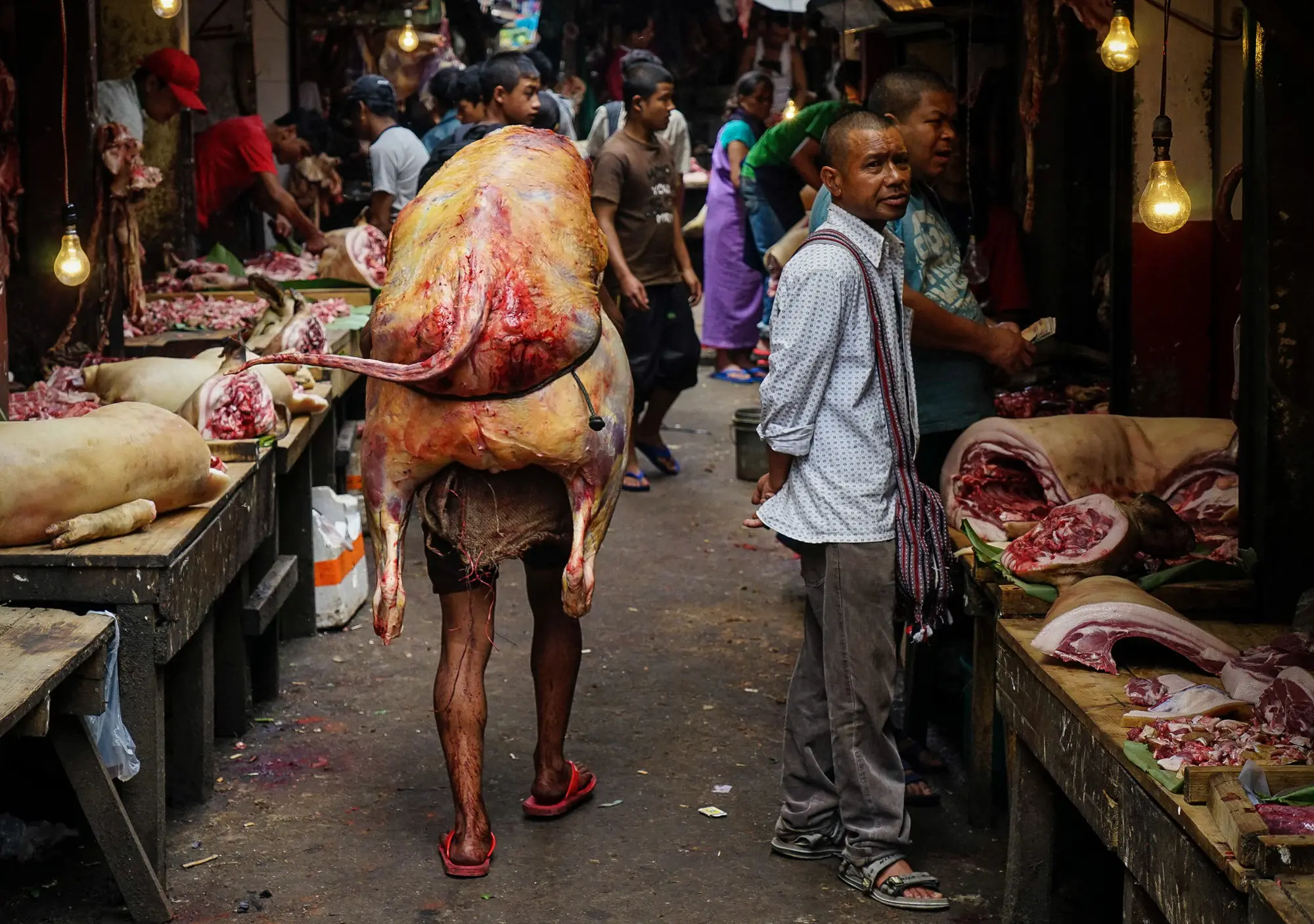
One thing you have to keep in mind when visiting a local market – is it a dry or a so-called “wet market”. The latter is where vegetables, meat and fish usually sold. It is often filled with questionable odours and even more questionable liquid substances on the ground, yet those are the markets often affording the most interesting photo opportunities. Dry markets sell clothing, household items, and other non-food stuff. They are cleaner, but are, as a rule, photographically less interesting, unless you find a section where various spices and grains are sold. There, it is possible to find interesting photographic situations.
2. Outdoor versus indoor market
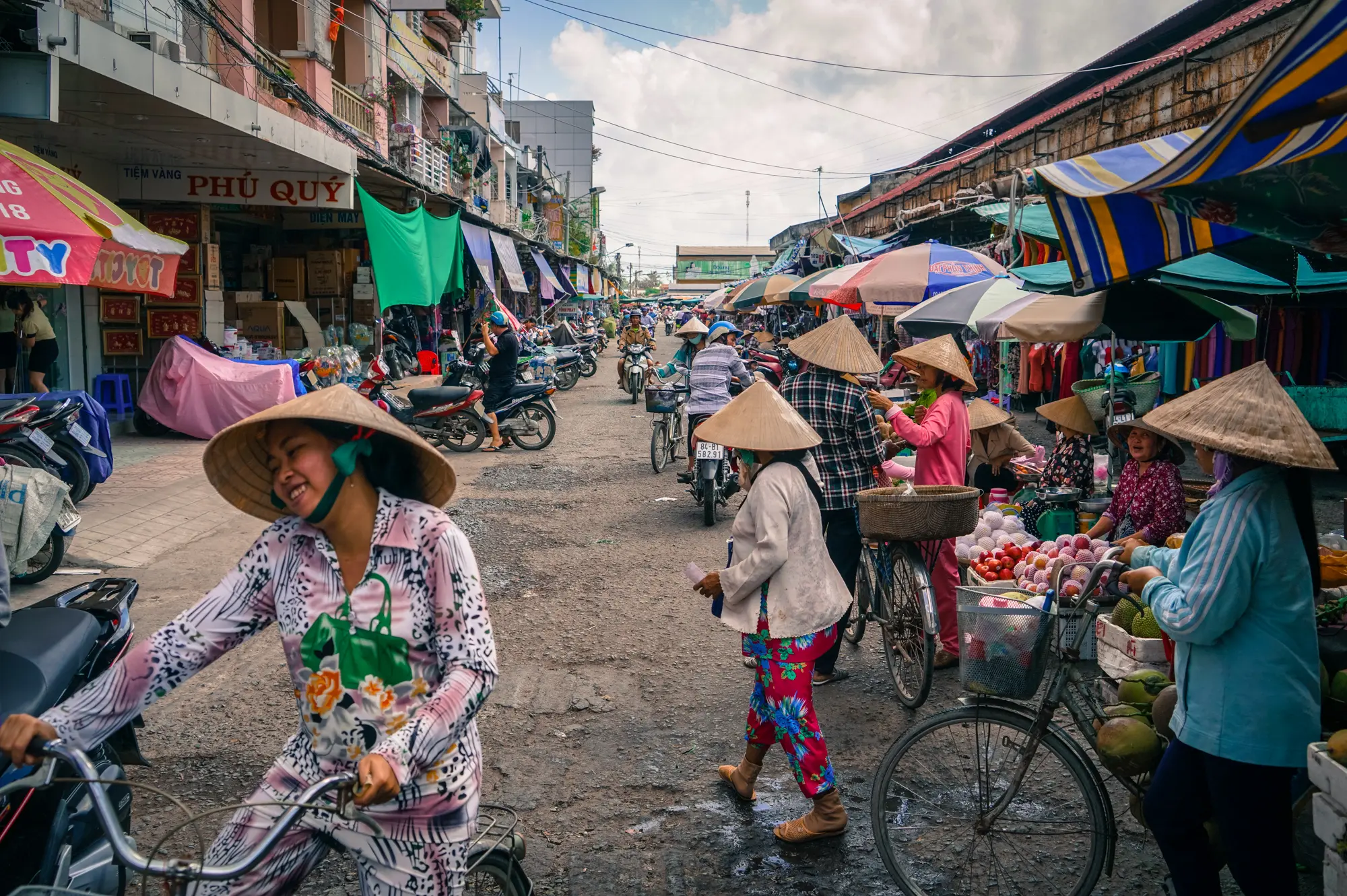
Is the market situated indoors or outdoors? Outdoor markets are usually more spread out, often occupying entire streets, thus creating numerous exciting photo ops. Outdoor markets are usually a morning affair. Indoor markets are more structured, with stalls often assigned to specific traders. They can create great photo ops too, especially at night when the stalls are sometimes illuminated by a single light bulb.
3. Mind the time of the day

As mentioned above, many markets are the most active in the mornings, and that’s when you should ideally visit with your camera. However, for markets that are open throughout the day, there is really no wrong time to visit. Morning may be the busiest time, but early afternoon can offer interesting light-shadow contrasts, and the evenings can yield interesting artificial lighting photos. I’m talking about lighting as provided by the market, not your flash.
4. Walk the surrounding areas
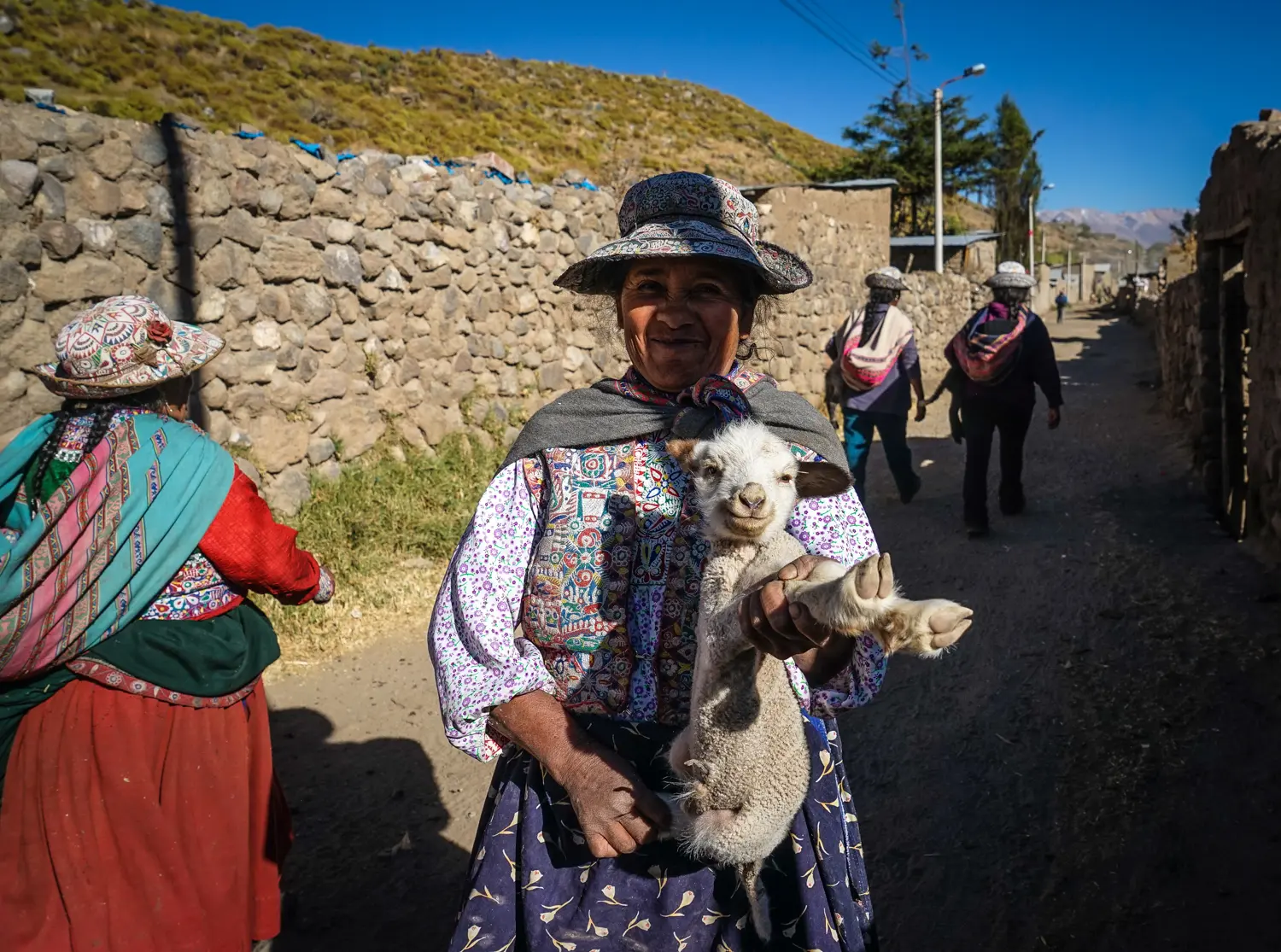
In many cases, approaches to markets and the surrounding streets often make for equally good, if not better, photo opportunities as at the market itself. You can see folks carrying their merchandise, sometimes live animals, towards the market place, and lots of food sellers often situate themselves right outside markets. Not only you can get some good pictures there, but also try local fare at very reasonable prices.
5. Should you ask before taking pictures?
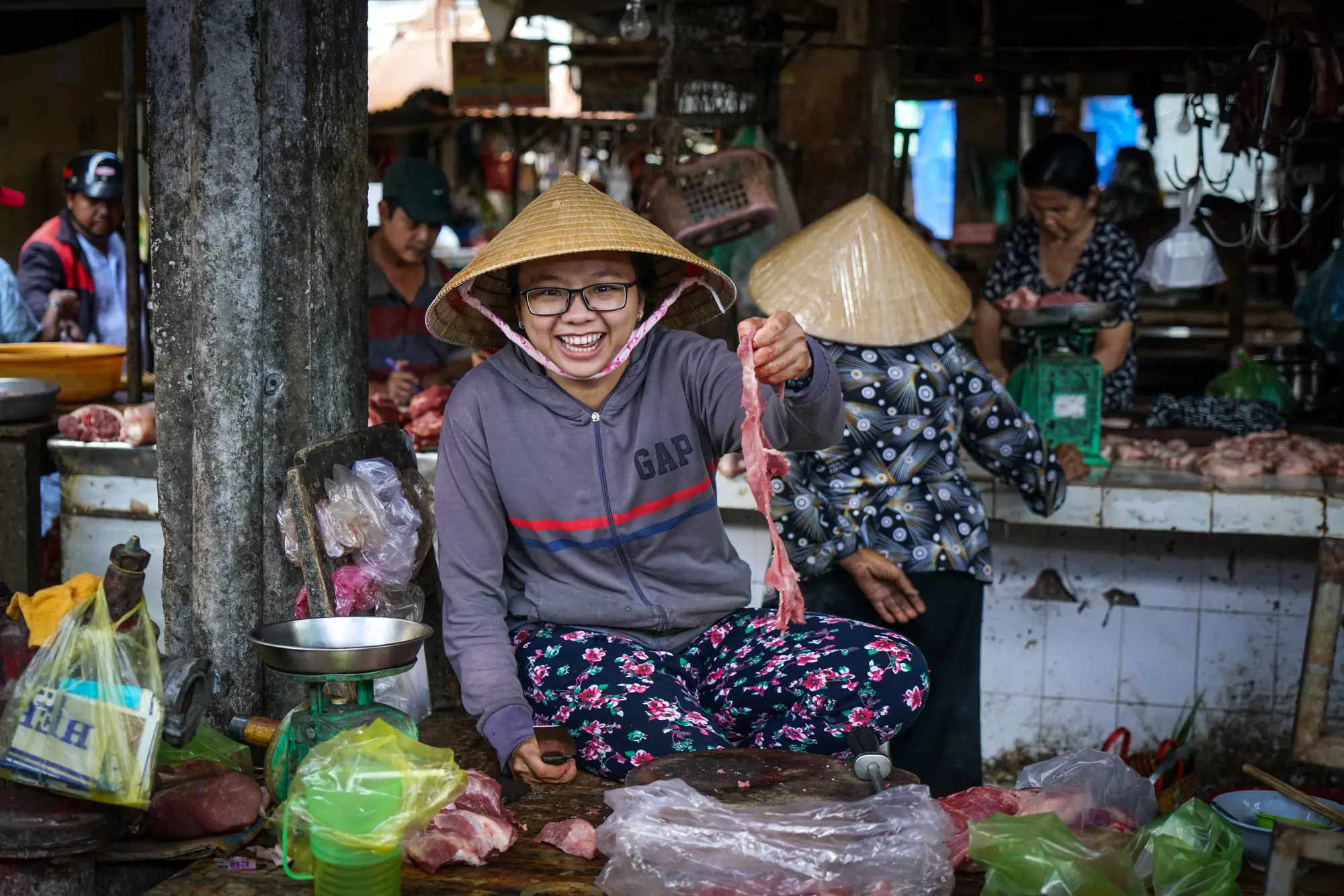
For me, the answer is generally “no”. I know, there are different schools of thought on this. Some photographers insist that you should always ask for permission before taking a stranger’s photo. If I followed that rule, I probably wouldn’t get 90% of photos I took over the years, and the reason is simple: a lot of times when you ask, people will start posing, resulting in a photo lacking spontaneity. Think of market, or any street photography, as a non-verbal consent: you are a foreigner with a very visible camera. If you see that the locals are shy of it or turn away, don’t take a photo. Majority of time though, locals are perfectly fine with having a picture taken. There are times, however, when it is a good idea to ask, especially if you take pictures of somebody’s merchandise.
6. Notice shapes and colour patterns
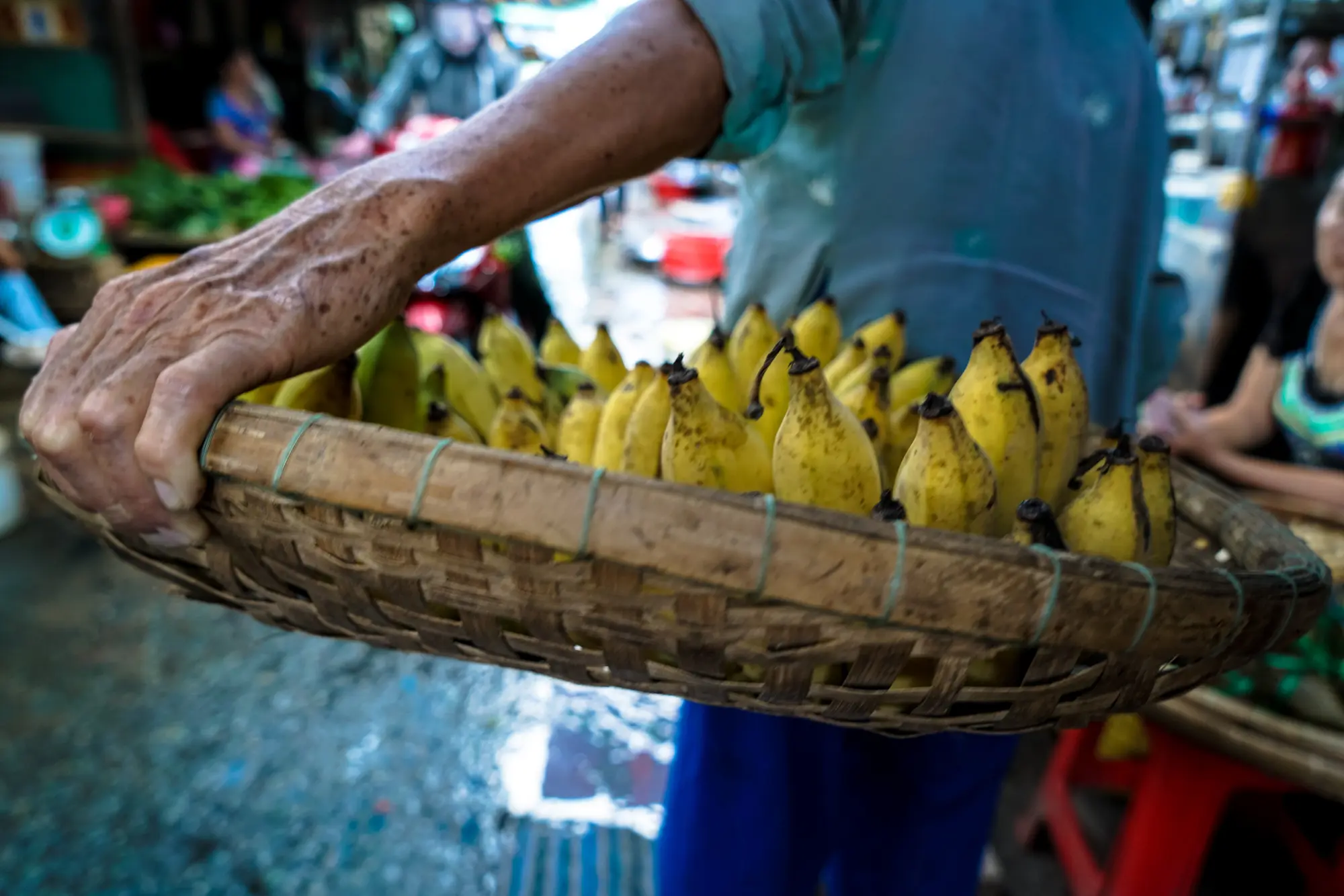
People are usually the main focus of market photography. But not the only one. Markets are usually full of arrays of colours and shapes that you may find photographically interesting. Colourful produce, for example, or patters of grains and spices all make for great pictures. Fish, as a rule, makes for great pictures, too, especially if it is arranged in a symmetrical pattern. Here, it is a good idea to ask before shooting. A lot of markets, even outdoor ones, sometimes have colourful covers to protect sellers from the sun, which can also create curious patterns.
7. Pay attention to shadows and light play around you
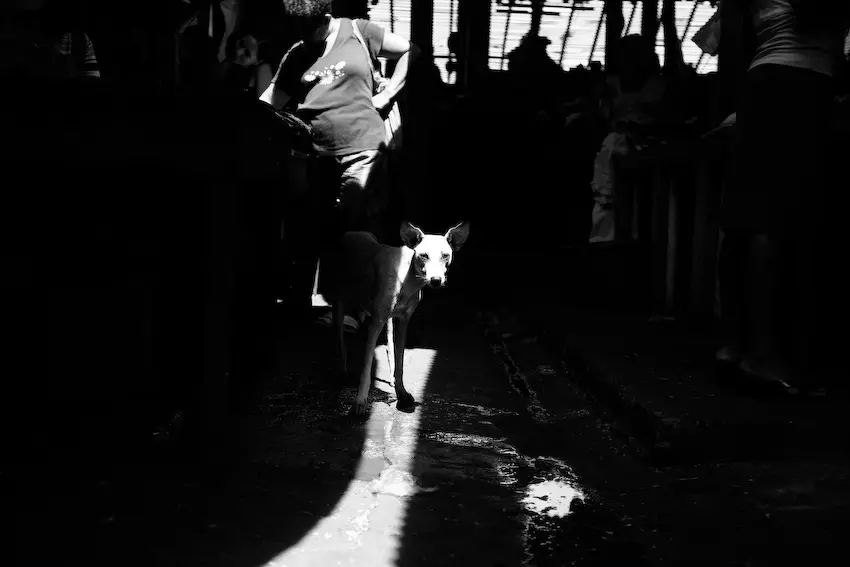
One of my favourite patterns to shoot at markets is shadows and contrasts. Few places provide better opportunities to shoot them than outdoor markets. You can find some narrow gaps between the top covers with bright sunny stripes creating interesting contrasts between the light and the dark, and wait for a passer-by for either a silhouette or a high-contrast portrait. Interesting photos can also be taken of subjects being half-way between the shaded and lit areas. Opportunities are endless, all you need is to find the right spot and a little patience.
8. How to behave at markets as a photographer

Remember, markets are busy places. Locals come here to buy and sell, so a foreigner with a camera can be a nuisance, especially when you are lingering in those narrow passageways. Be considerate – don’t block people’s ways. Try to find an alcove or a corner where you are in nobody’s way, and if you are, yield and let the people pass you trouble-free. Nobody wants to be rude to you, so try not to be rude to the locals. And if you feel compelled to buy something, do so. At least that way, you are not just a curious observer with a camera.
9. Have the right equipment
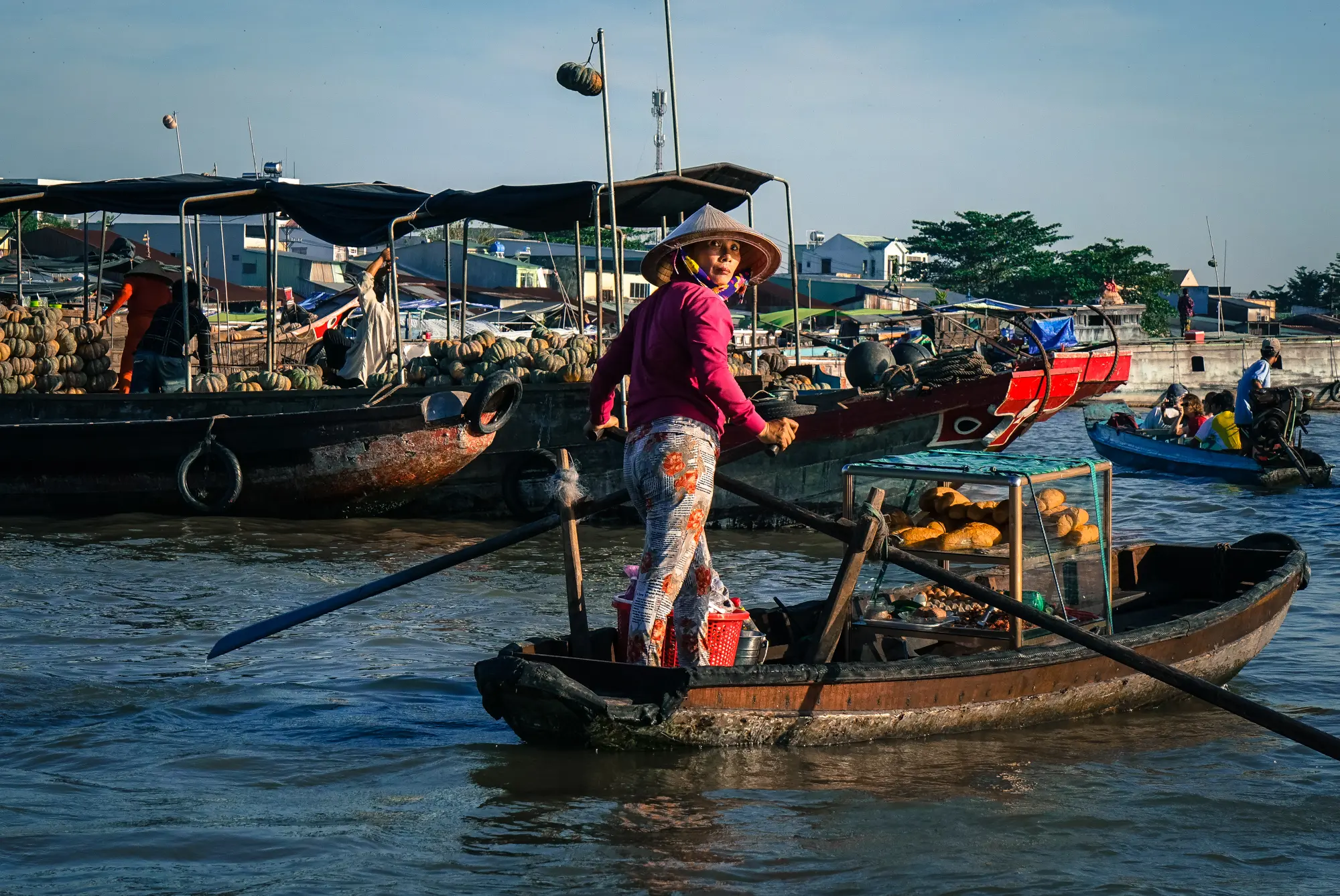
To shoot markets successfully, you need a fairly wide-angle lens, at least 24mm, to be able to include most of your scene from a short distance away. But make sure it’s a zoom lens, as just as with street photography, you will often need a narrower focal length – at least 70mm. As I mentioned above, I don’t recommend using a flash (that is just too obnoxious), so make sure your camera has a working ISO of at least 800, and preferably 1600. By working I mean the image quality at those settings does not get compromised too much. You also don’t want to walk around with a tripod, so you need to make sure your settings allow you to shoot from hands, which means your shutter speed should be at least 1/125 or faster, as photo-worthy moments at markets are usually fleetingly fast. For night market photography, you should have a faster lens, with an aperture of at least 2. It doesn’t need to be as wide as for day-time photography, so a lens that is 35-40mm is perfectly fine. At night, you are more likely to focus on people’s faces than anything colourful or contrasty.
10. Don’t be shy
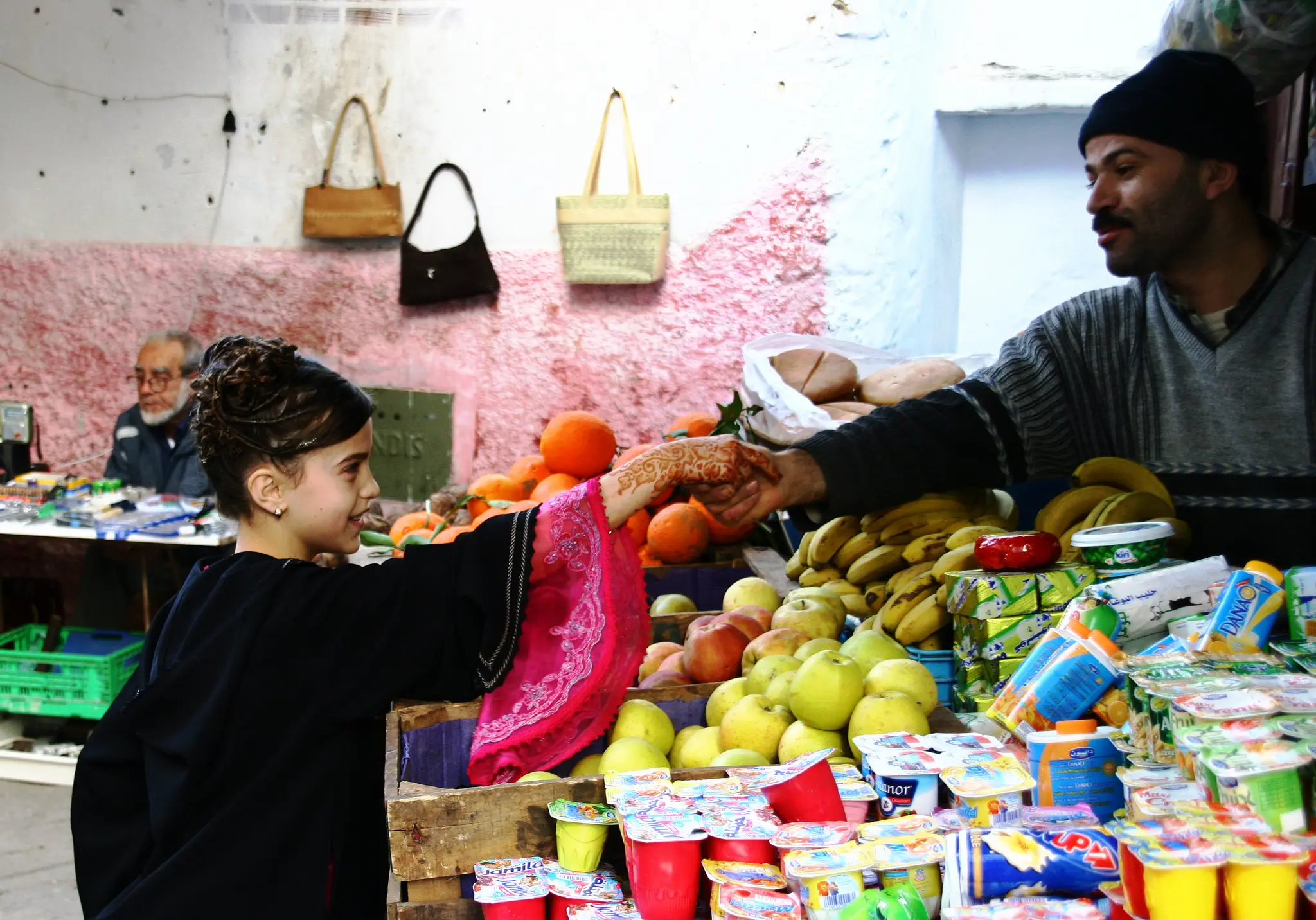
Visiting, and especially shooting at markets, can be a stressful affair, especially for novice photographers. People squeezing past you, pushing you around, sometimes even saying something unflattering in local language – all that can drive some photographers away. But you needn’t be afraid. Remember, just as in any life situation, your smile is your most powerful weapon. Be friendly, smile at the sellers, maybe say a word or two. They can already see you are an awkward foreigner with a camera, at least let them have some fun with it. Interact with the people, especially your photographic subjects, as much as you can, and you may just get the best photos of your whole journey.
In this post, I have used pictures I took at markets in India, Vietnam, Morocco, Bolivia, Iran, Peru and Nicaragua.
